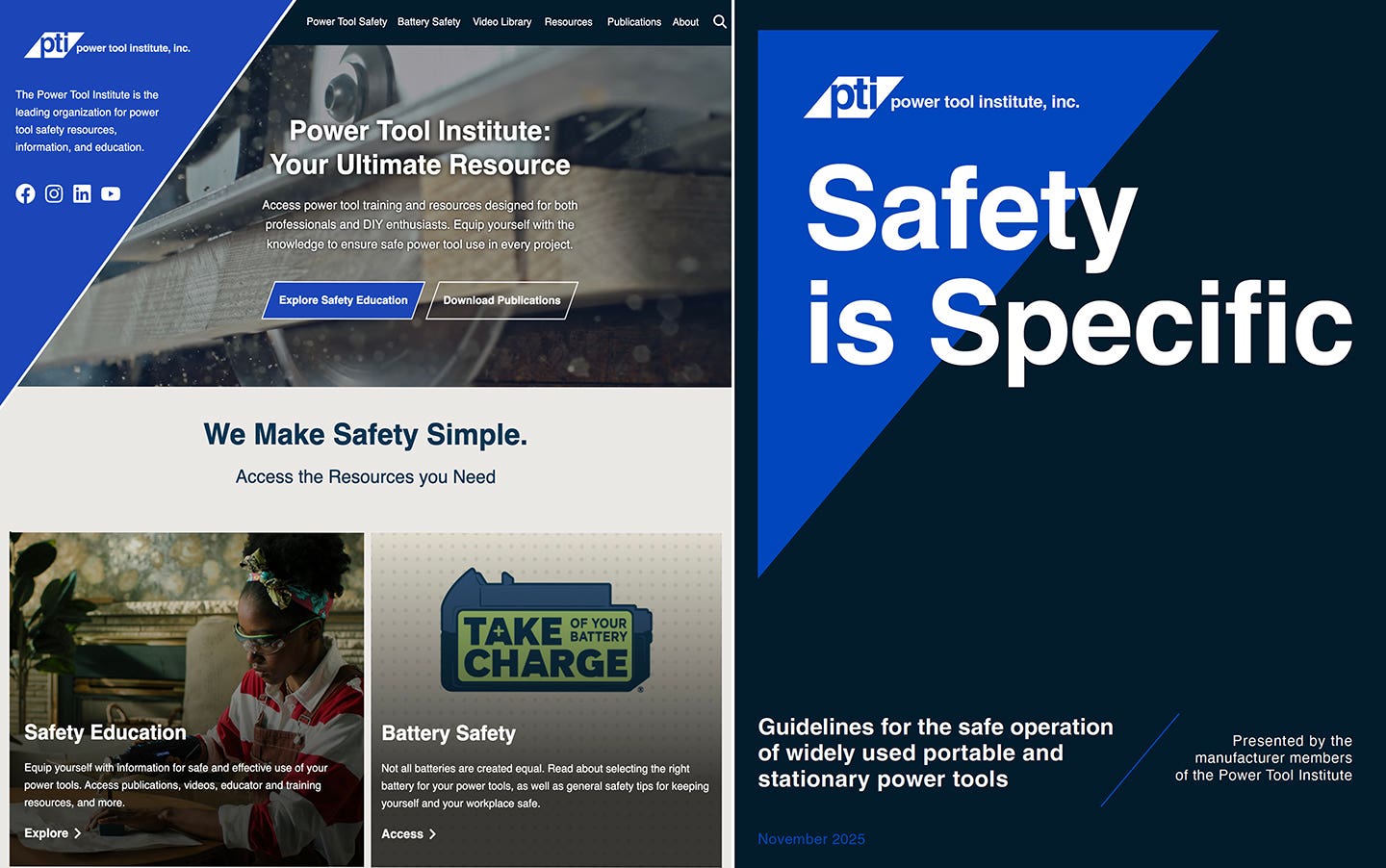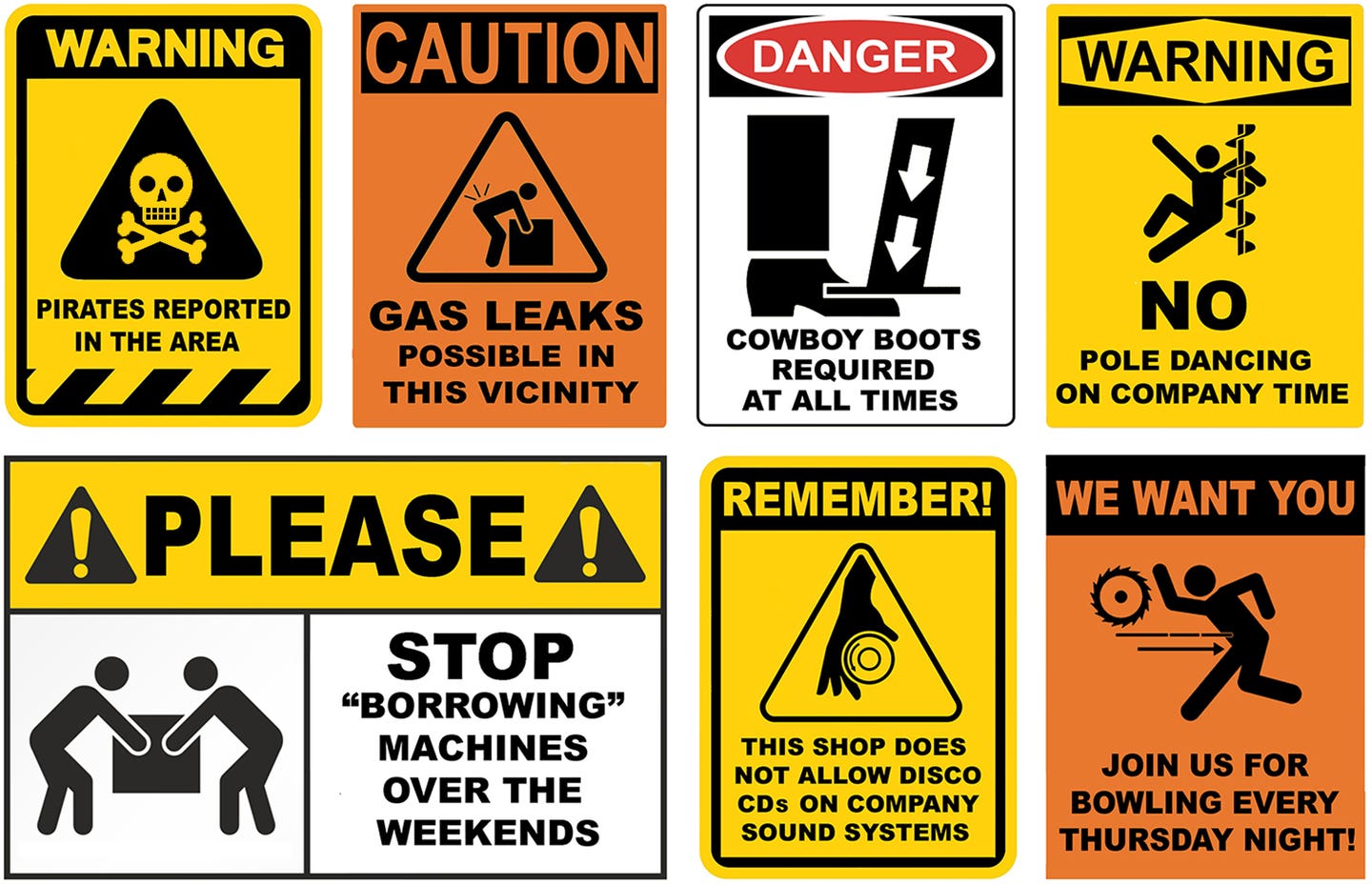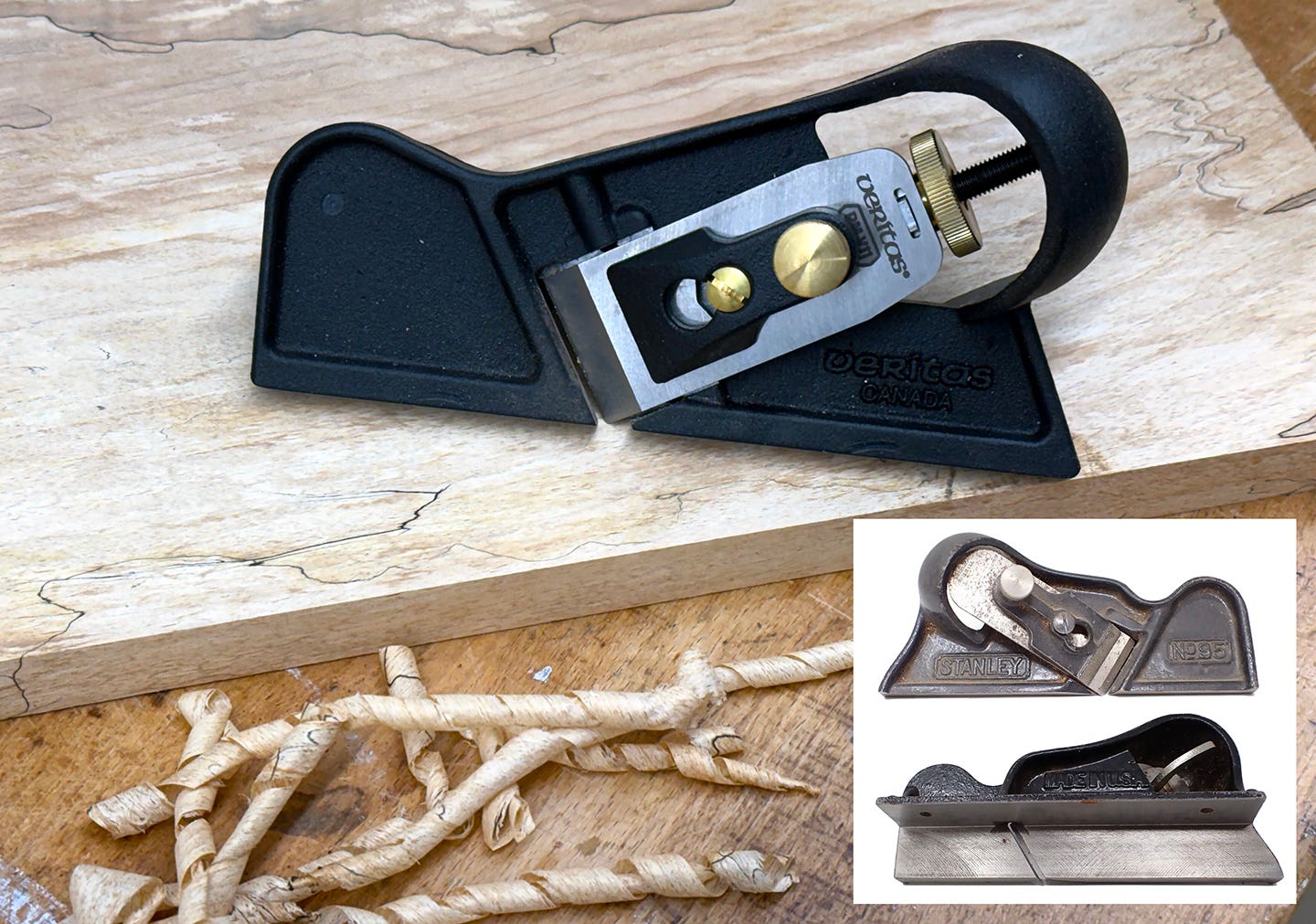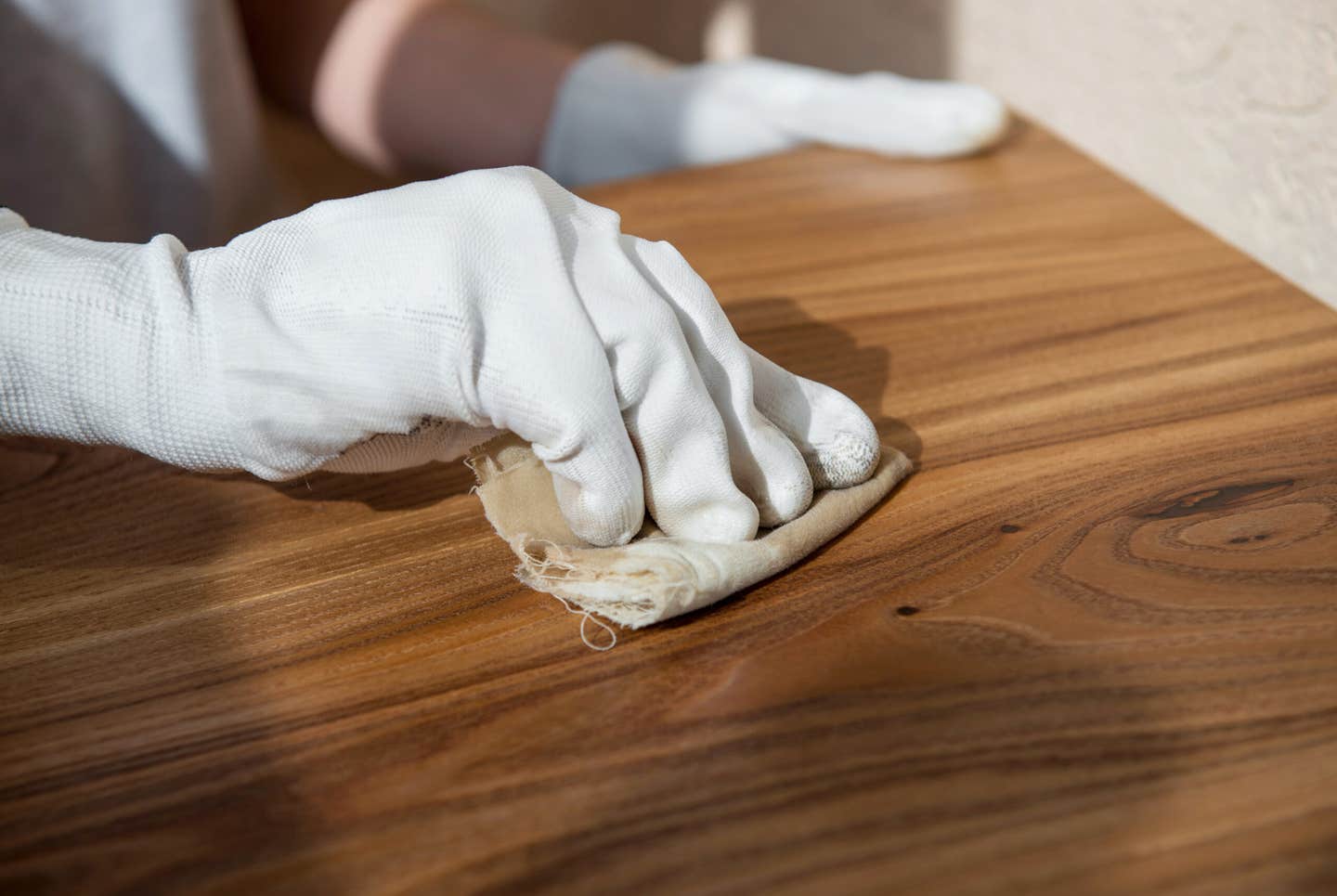Blanket coverage is the spray-gun game plan
I’ve had several projects this year that required me to provide analysis of a spray finishing system and subsequent training of personnel involved in the process. And I’ve taught a…
I’ve had several projects this year that required me to provide analysis of a spray finishing system and subsequent training of personnel involved in the process. And I’ve taught a number of classes on spray practice and operator technique. In each of these cases I’ve observed several or all of the situations I’ll talk about here that affect the quality, efficiency, comfort, safety and happiness of those involved.
All of these examples pertain to air spray (conventional, HVLP) and many, especially the examples of applicator technique, pertain to airless and air-assisted airless as well.
Since I recently covered the basics of a good spray booth set up (October 2012 issue), I won’t go over that again. I will emphasize the importance of incorporating good booth practices to provide the right environment for the application of the coatings. I’m also leaving out personal protection and safety for another time. I’ll limit this article to basics of material, gun, and operator technique.
The material
The type of coatings available to the finisher today range from relatively low viscosity shellac and lacquers to higher viscosity conversion varnishes, polyester, polyurethane and high-solids paints.
Often finishers try to use one gun and one combination of air cap, fluid tip and needle to spray everything. They use increased air pressure to atomize a high viscosity material rather than changing either the gun or the setup to accommodate the need of that material — or they thin the material excessively; both practices waste material, electricity and time. The gun should be set up for the viscosity recommended by the manufacturer of the material and the material should only be thinned as recommended. Excessive thinning reduces coating build, consumes excessive solvent and invites runs and other defects. The coating should be at the recommended temperature because viscosity is inversely proportional to temperature.
The gun
Besides trying to use the gun and setup for materials outside of the gun’s range, maintenance of the spray gun is the biggest problem I see with the gun itself. Keeping the gun’s functional parts clean is often neglected because at the end of the day most guns can be hung on a hook and used the next day without cleaning. However, the gun slowly loses efficiency and eventually fails to spray properly, requiring a fix on the spot. The air cap can accumulate dried coatings on the face or the atomizing air holes can become clogged, altering the airflow that determines quality of the spray pattern.
All fluid passages should be flushed with solvent and dried, whether in the gun itself or a pressure tank or cup, including fluid hoses. Follow the manufacturer’s recommendation for cleaning and lubrication to ensure efficient, safe and proper performance of the gun.
Problems you might expect to experience in a poorly maintained gun include, but are not limited to:
A packing nut that is loose, too tight, worn or dry
Sticking air valve stem due to a foreign matter on the valve or seat
Worn or damaged valve or seat
The fluid tip or needle is worn, damaged or loose
A loose fluid tube or fluid inlet nipple
A clogged air vent
A loose, damaged or dirty cup lid
Damaged or worn gaskets, o-rings or packing
Clogged, obstructed, worn or damaged horn holes
Some of the performance issues associated with these deficiencies include leaking fluid, leaking air, jerky or fluttering spray, poor pattern, poor atomization, dry spray, excessive overspray or a failure to spray.
The operator
Ultimately, the operator has to ensure that the materials are correct, the gun is right and properly setup for the material and the desired results are accomplished. The objective for the operator is to apply the specified wet millage (thickness of film) to the surface in the most efficient manner. This is accomplished by positioning himself and the work in such a manner that he can clearly see the advancing wet edge of the coating as it is applied and spraying so the pattern of atomized liquid resolves itself into a continuous and consistent wet film without running, puddling or developing bubbles.
He should position himself relative to exhaust and inlet air flow so that the vapors and particulate matter from the spray travels from the gun to the exhaust plenum and should spray from front to back whenever possible. That permits the exhausting overspray to be drawn toward a portion of the surface that has not yet been coated.
The operator has control of these areas and must make sure that they are checked for each change in material:
Spray pattern, fluid and air settings, spreader adjustment, and distance from and orientation to surface, speed of pass.
For a pressure feed gun, the fluid pressure should be such that the gun delivers about 250 to 300 cc per minute (check manufacturer’s recommendations)
The air pressure should be set as low as possible while maintaining the minimum atomized droplet size. Exceeding this amount results in more dry spray, overspray and fog, and that reduces efficiency and safety. Unless spraying very small surfaces such as chair legs and stretchers, the pattern should be as wide as practical for the gun and the material. For those smaller surfaces, you can reduce the air pressure and fluid delivery and move closer or use a smaller gun or cap with a smaller spray pattern.
When making a pass, start from the point before the edge of the piece by triggering the gun before moving the spray pattern over the surface and continue until the gun has passed beyond the other side of the piece and been triggered off.
The speed of the pass and the distance of the gun from the surface needs to be constant and balanced. If you increase the speed, you must move the gun closer to the surface. If you decrease the speed, you can move farther away and apply the same film thickness over a larger area. Try to find the balance that allows a good wet coat without excessive material wasted by missing the surface and not so far away that the coating material is drying before flowing out well.
Move the gun parallel to the surface, as though it was on a track, directing the spray perpendicular to the surface. Each pass should overlap the previous pass by 50 percent. Less or more than 50 percent overlap will create an uneven wet coating, although a minor difference will probably not be seen. A mistake often made is to allow the gun to move from a position where it is spraying almost perpendicular to the surface at the beginning of a piece to an angle up to 45 degrees toward the rear. If you cannot reach all the way to the rear of the surface while holding the gun at very close to 90 degrees, you should reposition the piece so that you can spray half from one side and then the other half from the other side.
A swivel table or cart with casters will allow an operator to rotate the piece easily. For a larger (or just more comfortable) operation, a lift table with swivel capabilities is ideal for pieces of different sizes and can save years of wear on your knees.
Do not arc the gun in a vertical or horizontal plane. This causes excess overspray and loss of consistent millage. Many operators develop lazy habits that encourage arcing. I’m 6-foot-1 and spraying a horizontal piece wider than 5 feet requires that I move my feet. If I simply reach and angle the gun to hit the far edges, I am wasting more than half of the finish at that point to overspray. Some operators get in the habit of “flipping” the wrist in a short arc at the end of a pass.
Moving the gun by rotating the arm at the elbow causes arcing in the other plane and makes it difficult to achieve an even coat. Keep the wrist flexible so the gun points perpendicular to the surface for better efficiency.
Spray operators who did not receive good training or who have had a poor result from technique, equipment or product, sometimes shy away from applying a full wet coat. In order to avoid runs and puddling, they spray multiple light passes. While this does accomplish their objective of avoiding runs, it costs time and material and can lead to finish defects or failure. Strive for the maximum film build and surface covered consistent with the limitations of the equipment and product.
Greg Williams, formerly senior touchup and finishing instructor for Mohawk Finishing Products, is now a freelance instructor and consultant for finishing and touchup. He can be reached at gregalwil@yahoo.com.
This article originally appeared in the December 2012 issue.







